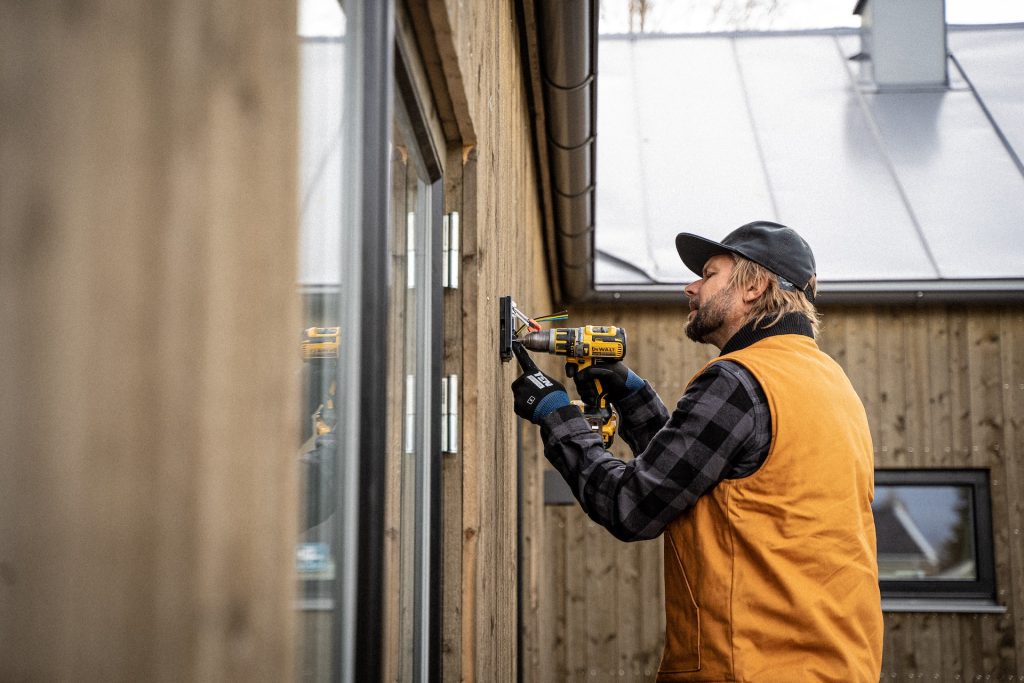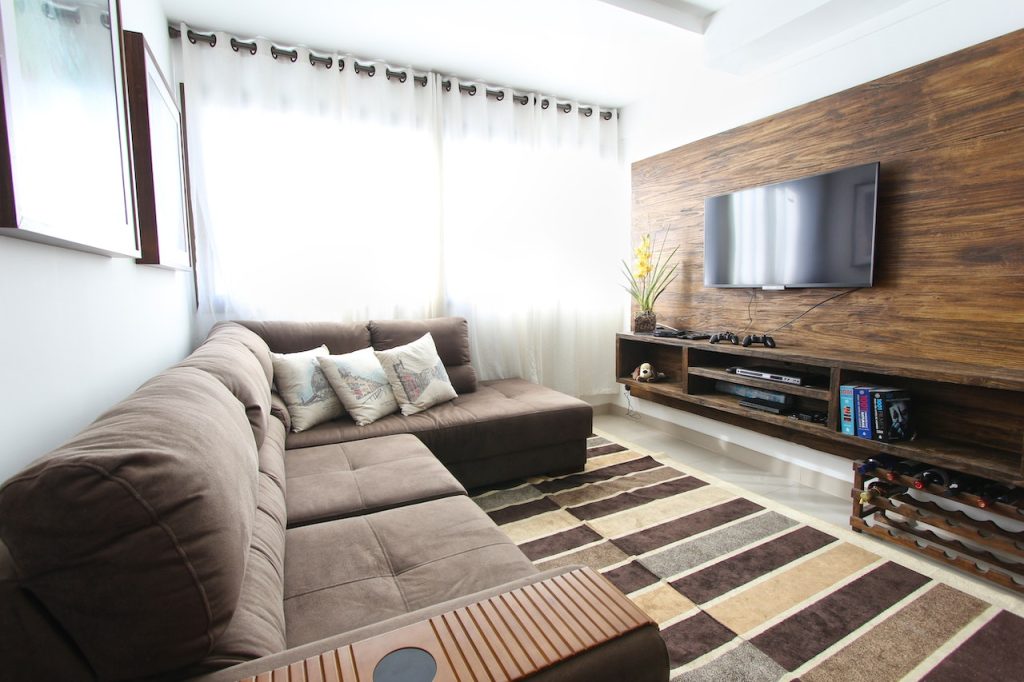There’s something rather unsettling about turning on your TV, expecting to lose yourself in your favorite show, only to find vertical lines dissecting your screen. It’s like opening a book and finding the pages smeared with ink. But before panic sets in, take a moment to gather your wits. You’re not alone in this. This is a common issue among Samsung LED TV owners; sometimes Vertical Lines on a Samsung TV seem to appear out of the blue. And better still, there’s a light at the end of this seemingly endless tunnel of vertical lines.
The good news is that, more often than not, these vertical lines on a Samsung TV do not announce the death sentence of your precious TV. With some helpful tips and tricks, you can navigate this challenge and restore your TV to its former glory. This guide is your companion in tackling this issue, ensuring you can return to your stress-free movie nights or epic gaming sessions without the unwelcome company of vertical or horizontal lines.

Contents
What Causes Vertical Lines on a Samsung TV?
Vertical lines, horizontal lines, or ghosting (images overlapping) can appear as colored or black lines or images, mimicking a double (or more) exposure in a picture. They can be attributed to two typical culprits:
1. Connection Issues
If it’s a bad connection, the issue can likely be resolved by following a series of troubleshooting steps (which we’ll cover later).
2. Processing Problem
A more complicated problem arises if it’s a processing issue, pointing to a faulty processing board, scalar PCB, T-Con, or Cof-IC. If this is the case, a professional inspection and repair will be necessary.
Ghosting can also be caused by loose or incompatible connections, antennae issues, or as with vertical lines, a faulty internal component of the TV that needs professional repair.
Identifying Your Problem: How Do I Get Rid of the Vertical Lines on a Samsung TV?
To resolve the vertical lines or ghosting on your Samsung TV, the first step is observation. The characteristics of the anomaly on your screen can hint at the root of the problem. Here’s a quick guide:
- Wavy or moving lines: These may indicate a bad connection.
- Straight or stationary lines: Such lines could point to an issue with the internal workings of the TV.
- Multiple overlapping images: This symptom, known as ghosting, might signify a bad connection or malfunctioning internal parts.
- Vertical lines: Most often, vertical lines are a sign of a bad connection. Reseating your cables could resolve this issue.
Now that we’ve identified the likely culprits, let’s investigate some fixes.
DIY Troubleshooting Tips

Check Your Connections
One common cause of lines on your TV screen is a faulty or corroded connection, which can occur in climates with extreme temperature swings or high humidity. Disconnect and reconnect all cables attached to your TV. If the lines persist after this, try gently tapping the back of the TV. If you find a spot that, when tapped, makes the lines disappear, you likely have an internal connection issue. However, this is a temporary fix, and the problem will likely return.
At this point, you can either try removing and reseating the internal connections (be careful as this could void your warranty if your TV is still under it) or reach out to Samsung for a fix.
Perform a Picture Test
If the issue is constant, a picture test can be beneficial. It checks your internal components and connections and helps you identify the problem type. Knowing this will guide you on whether to try reseating your connections, updating your firmware, or scheduling a service repair appointment.
Update Your Firmware
Outdated firmware can lead to various issues, including those pesky lines on your TV screen. Updating your TV might be the solution you need.
Reset Your Samsung Smart TV
As a last resort, consider a reset. This returns the software to its original version and might just resolve the issue. However, remember that this will delete any apps you’ve downloaded, and you’ll need to sign back into all your services.
If none of these steps work, it’s time to contact Samsung to check if your TV is still under warranty and arrange for a repair because the problem likely lies with a faulty internal component.

Explore our other articles:
- How to Install Google Chrome on Ubuntu: A Simple Guide for 2023
- Step-by-Step: Addressing Desktop Window Manager High GPU Usage in Windows 10/11
- Be an Early Adopter: How to Get iOS 15/ iPadOS 15 Beta Without a Developer Account
Final Remarks
We understand how disappointing it can be when your trusty Samsung TV starts acting up, displaying unwanted vertical lines that mar your viewing experience. It feels as though a trusty friend has suddenly become a source of frustration. But remember, like any electronic device, your TV is not immune to technical glitches, and more often than not, these can be remedied.
In fact, the journey of troubleshooting these issues can also be an opportunity to become more attuned to your TV’s functioning and maintenance needs. Armed with this guide, we hope you can approach any lines on your screen with a calm and determined mindset, secure in the knowledge that there are feasible solutions at your fingertips. So don’t let those mere vertical lines on a Samsung TV cast a shadow over your viewing pleasure. Tackle them head-on, reclaim your perfect movie night, and return your Samsung TV to its pristine, line-free glory.
Frequently Asked Questions (FAQs)
Black lines on your Samsung TV might be due to a faulty connection or processing issue. Loose or corroded cables often lead to these lines, but sometimes, the issue could be more complicated, involving internal components of the TV like the processing board or T-Con. If you’ve ruled out connection problems, it’s best to have your TV inspected by a professional.
To fix vertical lines on a Samsung TV, start by unplugging its power cord for about 30 seconds and then plug it back in. This resets the TV. If this doesn’t resolve the issue, resecure the audio-video connection cables attached to your source device. After securing the cables, check your picture again. Also, inspect the coaxial cable connected to the plasma TV input for any visible damage.






